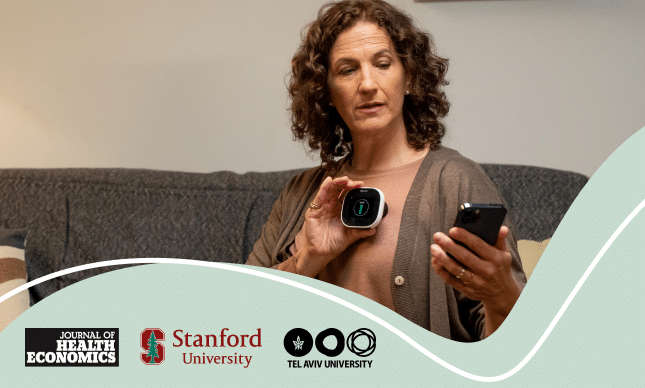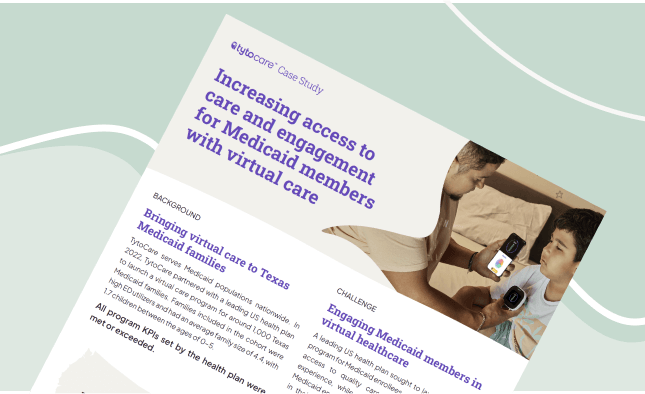What members really think about your health plans
Virtual care adoption is low. Why? In this webinar, we get to the bottom of how members feel about their insurer’s virtual care solutions, and discuss how insurers can up their digital health game.
This webinar reviewed the findings of their 2022 Virtual Primary Care Adoption Survey and discussed the implications for health plan members. The webinar also addressed the challenges and opportunities of implementing remote exam programs and answered questions from the attendees.
Key insights:
- Telehealth has gone mainstream with increased willingness from members and physicians to use it and significant growth during COVID-19. However, there has been a drop in adoption and usage post-COVID.
- Title Care has achieved a 65% utilization rate with their remote physical exam feature, which is considerably higher than general telehealth utilization.
- The survey revealed that members had to wait an average of six days to see a primary care physician and 82 minutes in the waiting room per visit.
- 80% of the surveyed members were comfortable using virtual primary care with remote physical exams in place of visiting the emergency department (ED).
- 92% of the surveyed members found that virtual primary care with remote physical exams made primary care more accessible.
- 67% of the surveyed members were more likely to stay with their payer long-term due to being provided with virtual primary care with remote physical exams.
- 66% of the surveyed members would consider a digital-first plan once they’ve experienced virtual primary care with remote physical exams.
Accessibility and Convenience of Virtual Primary Care
The webinar highlighted the shift towards virtual care backed up by telehealth as a more accessible and convenient alternative for members. Members are increasingly comfortable with engaging in virtual primary care, especially with the addition of remote physical exams. “We’ve got some interesting data that we’ve seen in the COVID era. Telehealth, in theory, has gone mainstream. We see the willingness from members and physicians to use telehealth,” shared the Product Marketing Director at TytoCare. The team also noted a significant drop in adoption and usage post-COVID, indicating that something might be missing in the current telehealth offerings.The Role of Remote Physical Exams
The webinar underscored the importance of remote physical exams in fostering trust amongst members and promoting long-term loyalty towards their insurers. This innovative approach offers a unique solution to the low utilization and adoption of general telehealth services. By offering clinicians the ability to really look at you when they’re examining you, even from remote, you add an additional layer of reassurance and trust for the patients. Joanna further emphasized, “It doesn’t just promote trust for members, but essentially it helps them create a sense of loyalty to the insurers that offer them.” This indicates the potential of remote physical exams to boost member retention and satisfaction.Potential Savings and Increased Member Satisfaction
The webinar pointed towards the potential cost savings for insurers and increased member satisfaction brought about by the successful implementation of virtual primary care plans, particularly those featuring remote physical exams. “Eighty percent are comfortable using virtual primary care with remote physical in place of visiting the ED,” shared Paz. This suggests significant savings in emergency department costs alongside better member experiences. Joanna further added, “The chance to replace eighty percent of ED visits, each one, costing an average of fourteen hundred dollars, is just a chance to save millions.” This illustrates the financial benefits of this approach in reducing unnecessary and costly emergency department visits.Learn more
Webinar

Primary care at the frontlines of VBC: How virtual primary care promotes more effective care management, improved outcomes, and cost reduction
Primary care is often referred to as the quarterback of value-based care. With insurers and health systems across the United States working to roll out value-based care programs, optimizing primary care provisions is a key step toward their successful implementation. In this webinar we discuss how virtual care can improve access to primary care, increase […]

